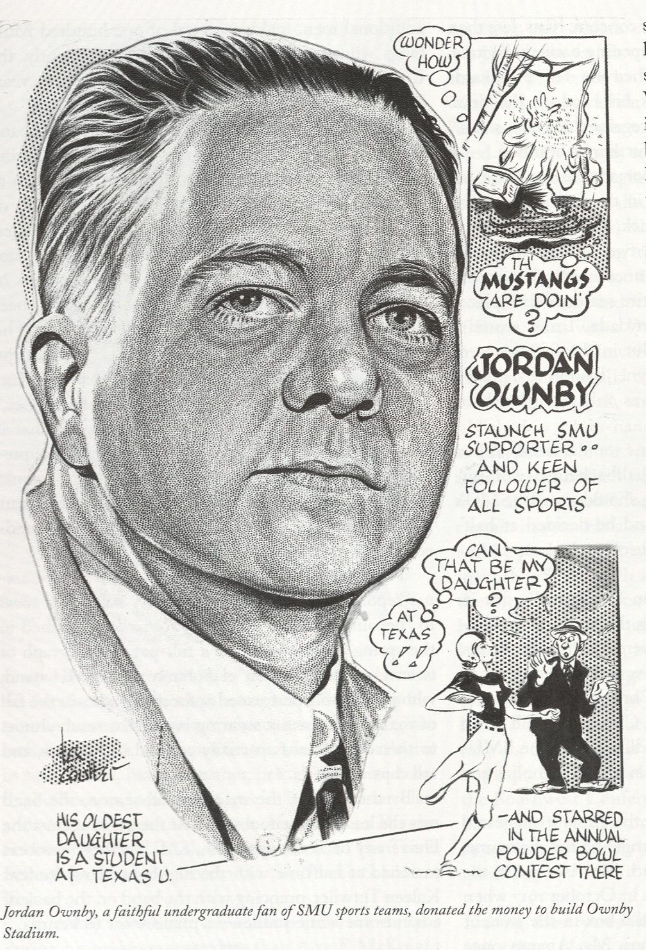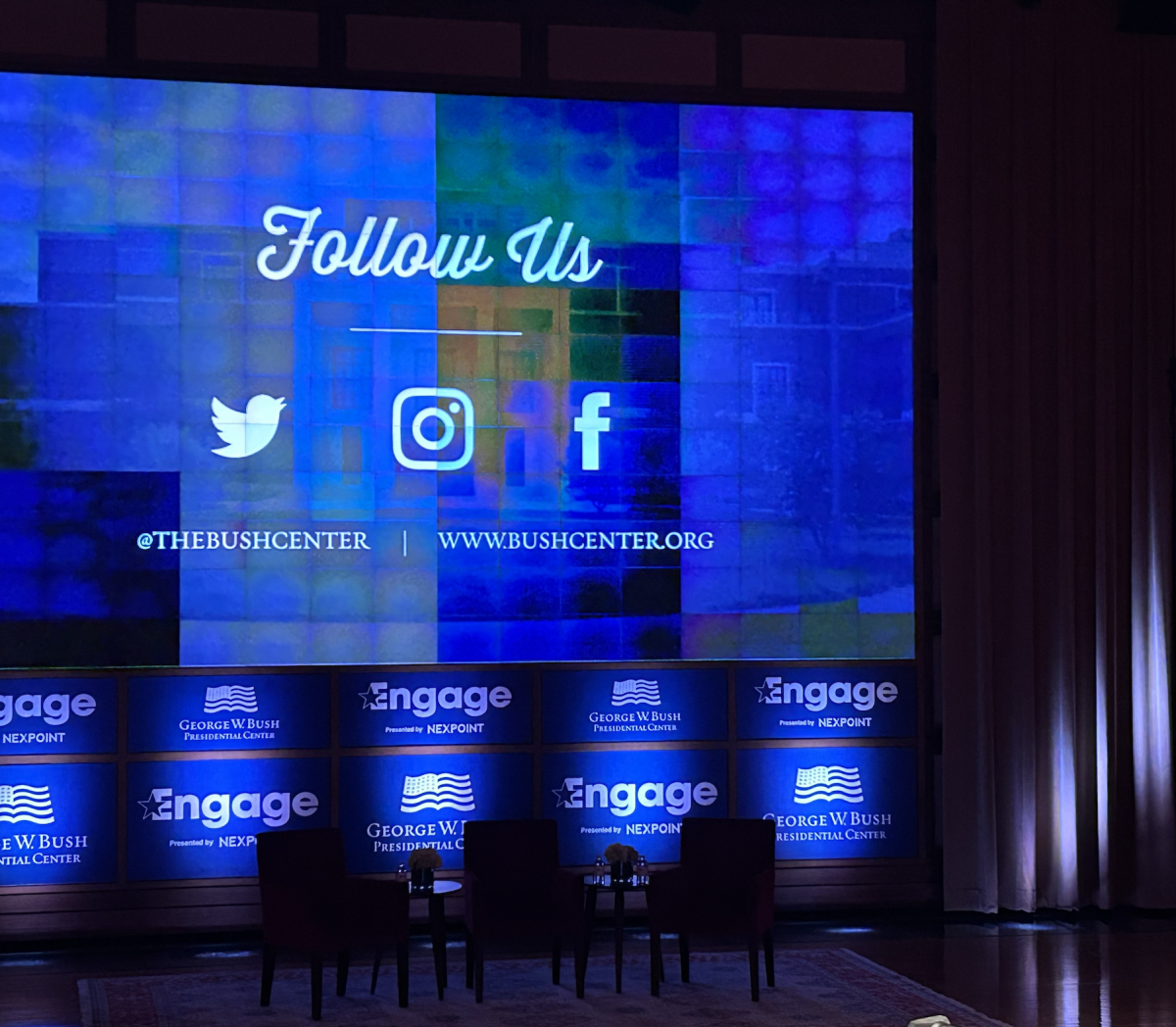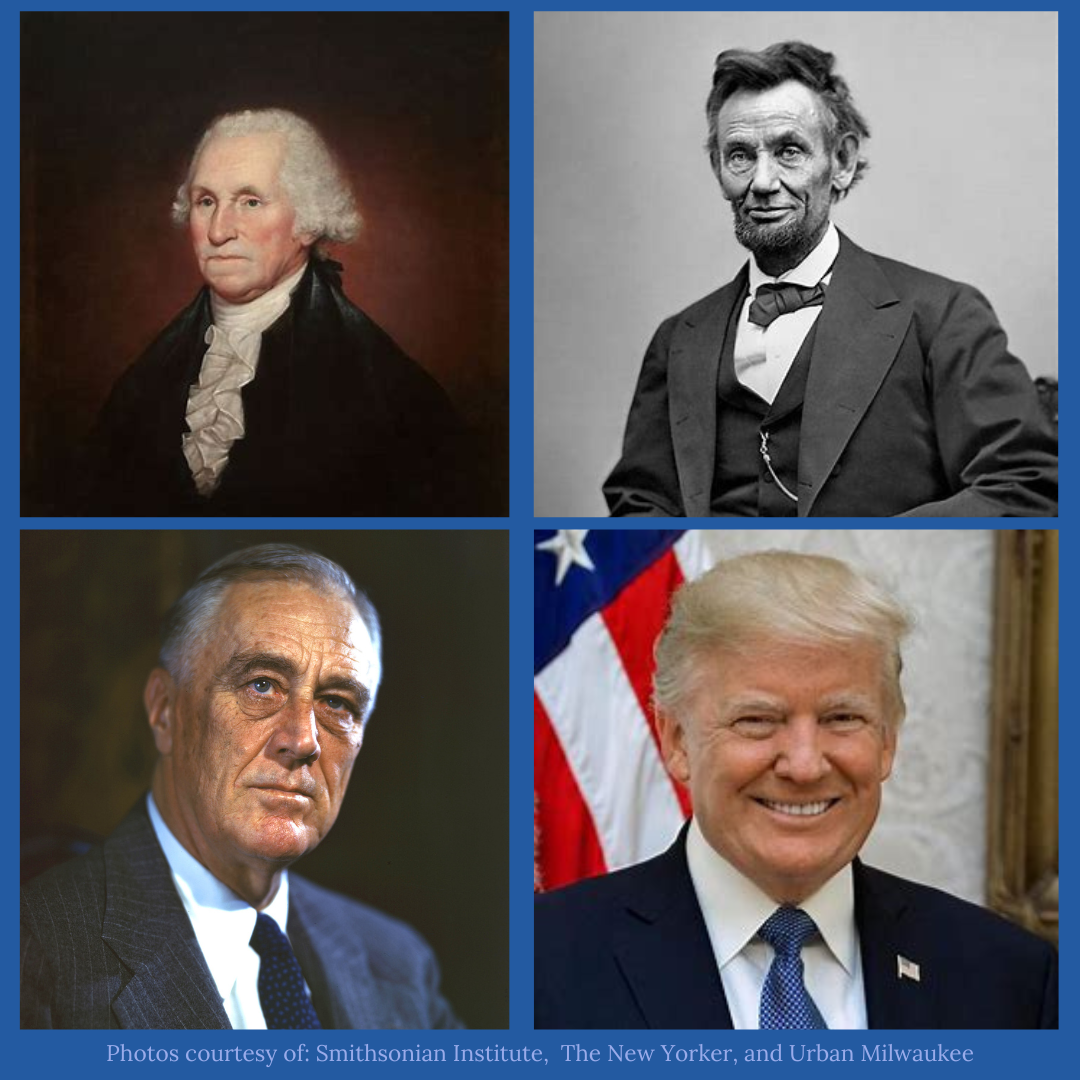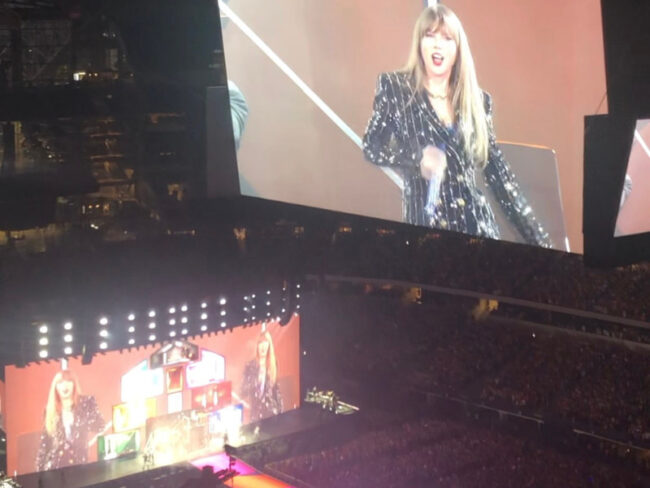Over four years ago when the 2008 Olympics unfolded in Beijing, much like the rest of the world, I was glued to my television back home in India. Athletes and sportsmen from different countries competed against each other with the vigor and excitement worthy of such a paramount sporting event.
As I watched a gymnastics event, Raj Bhavsar stepped into the scene. With the fully focused and poised stance of the world-class athlete he is, he went on to put on a stunning performance. I was proud to watch his Indian name being displayed across the television screen during such an event. But all the while, this is what I was more fascinated by: Raj was American, and represented the U.S.
This was certainly not something new: I had known Monty Panesar, the Indian origin Sikh player on the English cricket team, and many more such examples of Indian origin people representing other countries which their forefathers had long made home. So I did have an idea of the reach and expanse of the Indian diaspora across the globe.
And indeed, I had seen the statistics and numbers on how Indians are in every continent in the world, and possibly also every country on the world.
All this had not prepared me to envision the sheer number of my countrymen I would encounter once I landed in the USA, let alone at SMU, as a student over a year ago.
When I saw certain classrooms full of Indians, and only Indians, I knew I had grossly underestimated the legendary Indian grit to break out of comfort zones, and not stop at opportunities close to home for making dreams come true. We moved and we moved fast. And of course, this large “brain drain” from India has benefited both the countries they settle in- in the form of critical skills in technological and research fields among others- as well as back home in the form of foreign currency remittances and much more.
But setting aside the socio-political implications of migration from the perspective of an Indian who reaches the U.S. for the first time, does he feel much more at home now to see this multitude of his own countrymen here?
Surely, life is much easier for the newcomers. There is already a variety of Indian restaurants and supermarkets here that sell almost everything mother makes. You can seek advice regarding almost any kind of specific difficulties you may face while you are settling into a home away from home.
But above all this, what I noticed is that all such conveniences and well-beaten paths can make some of us too comfortable.
I have known too many fellow Indian students who had never made serious attempts to intermingle and gel with non-Indians throughout their graduate school life in the US. That’s not just because they never had an opportunity, but they also never needed to. They had everything they ever needed to live socially inside the large circle of Indian friends. Indeed, they need not even take the pain to explore more and understand the wonderful different cultures that are right around them, and all over their expatriate lives.
We are all at a lucky place in history where the world is as interconnected as ever, where we can mold our identities into much more than what we were born into. And when so much is possible with so little effort, why not make the best of it and be more?
Sometimes, comfort zones can make us too comfortable.
Sunil is a graduate student in The Lyle School of Engineering.












